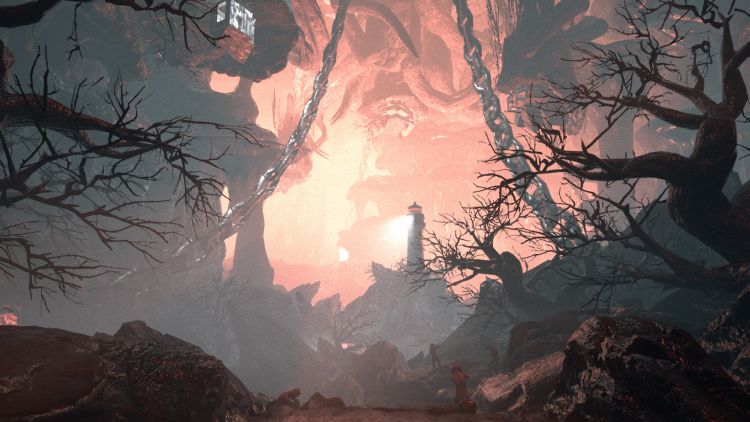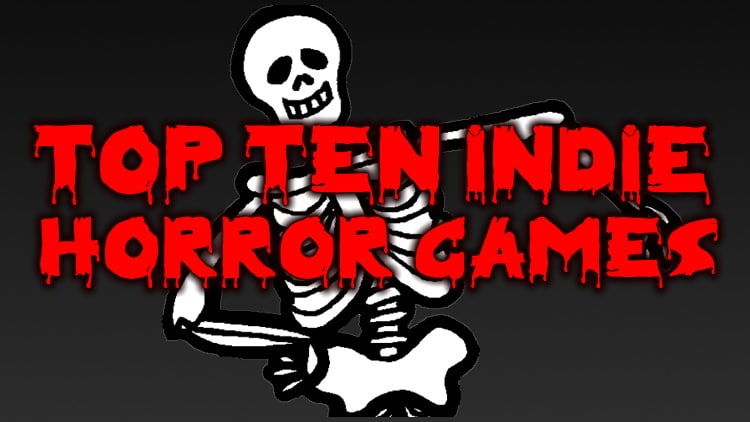
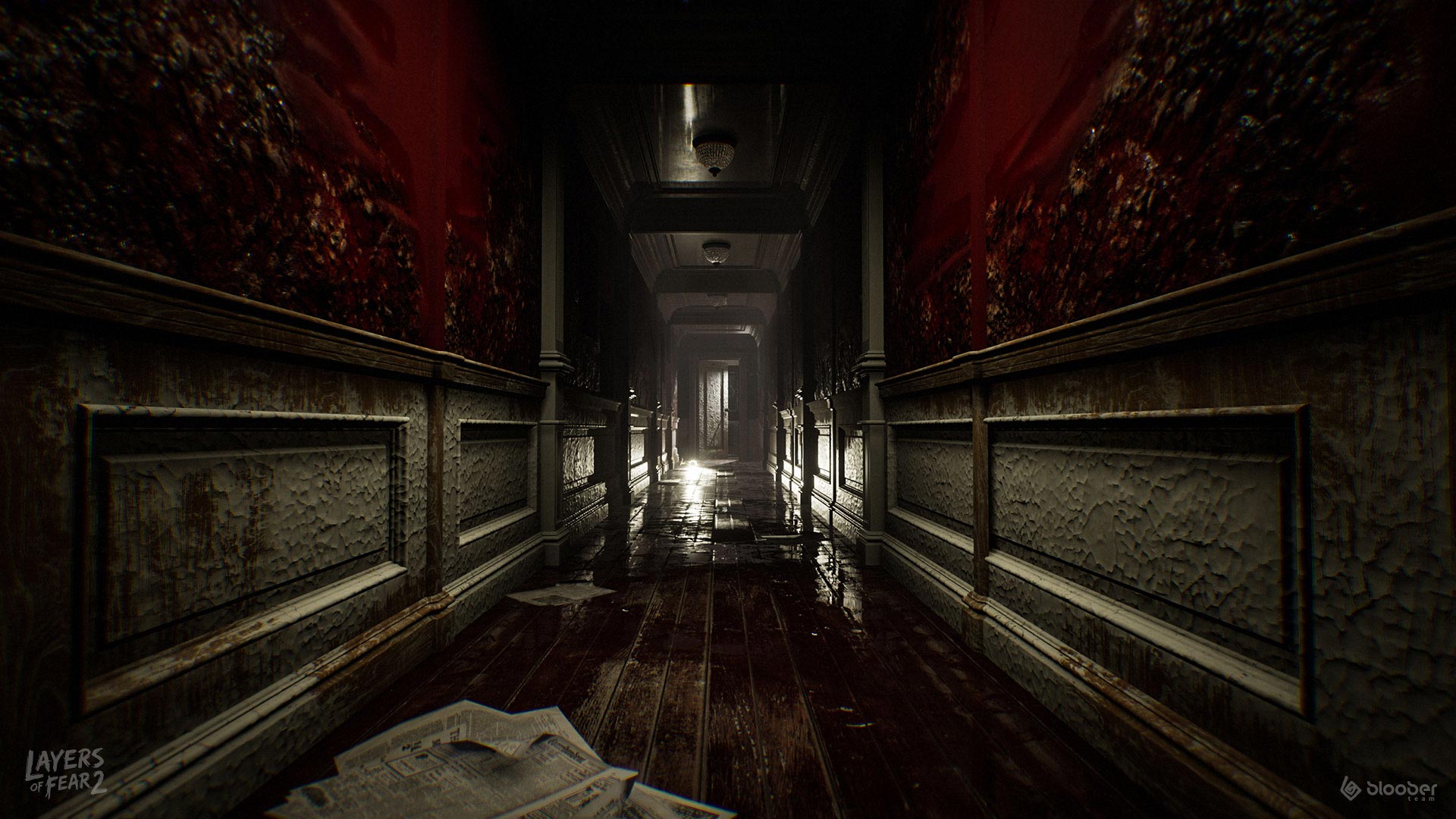
Hidden Horrors
Leaves are changing, sweaters are on, and pumpkins are spiced. It’s almost Halloween. You know what that means? Time to ring in the spooky holiday right with some scary games. But not just any scary games. You may have played the big horror titles, or perhaps watched someone else play them while peeking through your fingers. Either way, smaller indie horror games need some spooky love too.
Time to remedy that with a list of the top ten indie horror games. These are generally shorter than your average game and have smaller budgets, but that doesn’t make them any less frightening to play. I made this list with variety in mind, so you’ll find titles ranging from “mildly creepy” to “scare your pants right off your body scary.” It also has a mix of everything from sci-fi horror and sidescrollers to supernatural horror and adventure titles, to suit all kinds of horror fans.
And since Halloween is almost here, many of these games are on sale right now for PC and consoles. They’re practically beckoning for you to play….

Visage
Taking a cue from P.T. (gone but not forgotten), Visage is a terrifying first-person exploration game set in a suburban home. Investigating the various people who lived and subsequently died in the house, players delve into its mysteries. With an in-game sanity system, you want to keep your lighter close and try not to stare too long at any of the ghosts wandering the halls. But of course, they might want to stare at you.
While the puzzles don’t always make sense and some come off as downright arbitrary, Visage makes up for the perplexing gameplay by delivering a horror atmosphere that few games can match. If you want the next best thing to a revival of P.T., Visage will gladly scratch that itch for you with its long, creepy fingernails.
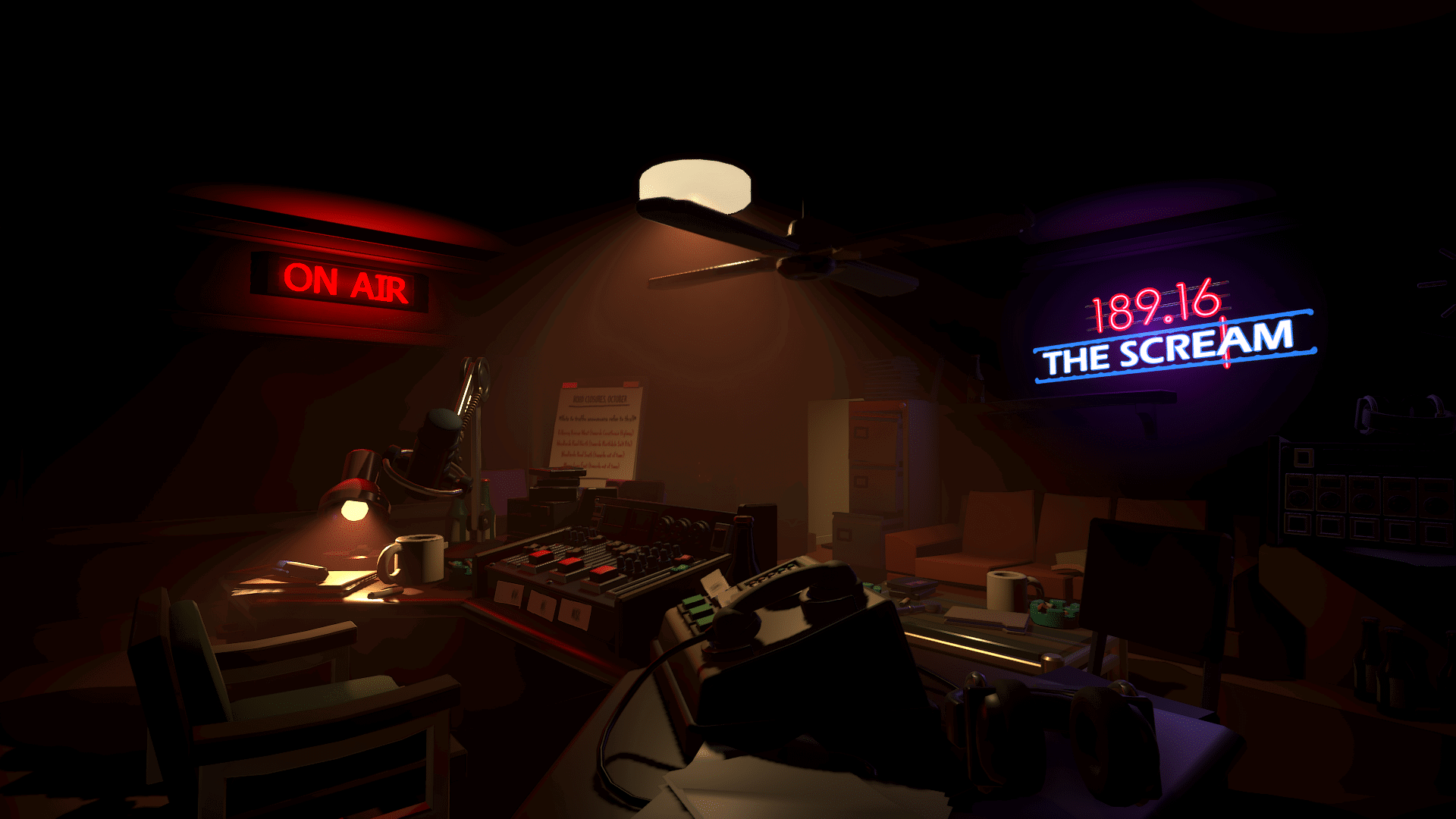
Killer Frequency
In Killer Frequency, players get to experience the horror of a slasher on the loose from the perspective of a local radio show host. It’s a fraught experience since you keep getting calls from people asking for advice on avoiding the pursuing killer. If you’re the kind of person who likes to shout at the characters in horror movies, boy do I have a game for you.
The short indie title, which is entirely free, does a lot with a little. The whole game takes place inside a small studio, but you’ll have to look at the files, maps, and other materials in the space to come up with helpful advice for the terrorized townsfolk. Sure, the lack of a timer makes it a little less suspenseful than it could be, but debating the best advice to impart provides ample tension.
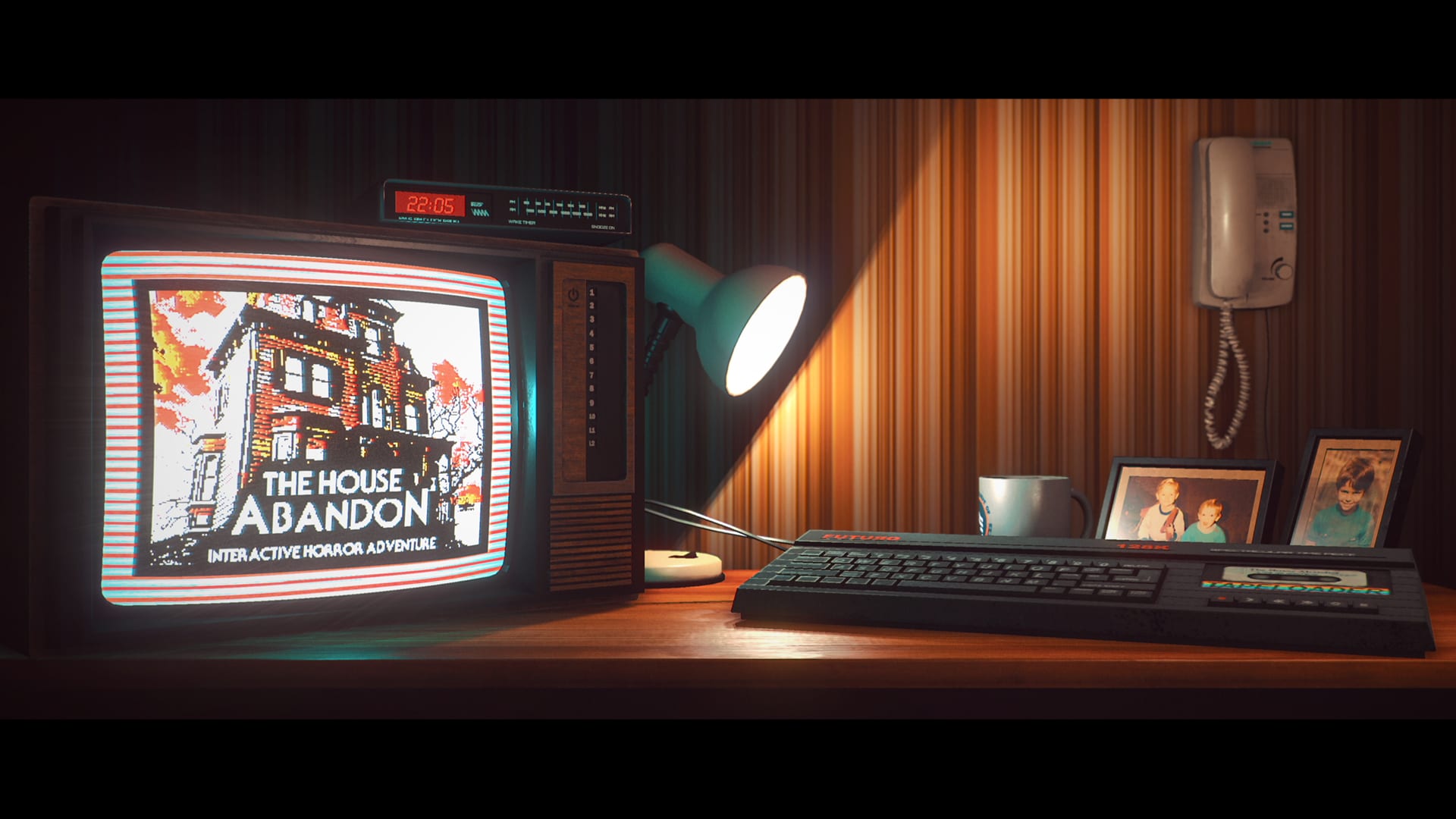
Stories Untold
Who doesn’t love a good horror anthology? Stories Untold contains four adventure-horror game episodes set in the 80s. If you could only get one game, it’s essentially like getting four for one. Each episode features horror and adventure game subgenres.
If you wonder why the game’s intro gives off Stranger Things vibes, you have good reason to. Kyle Lambert designed the title art for both. But to say that Stories Untold is a Stranger Things knock-off would be reductive. Sure, the game developed by No Code shares the surface-level similarities of 80s sci-fi horror with the Netflix show, but it draws more from movies of the decade such as The Thing, Poltergeist, and Aliens.
Essentially, fans of 80s horror and adventure games should check out Stories Untold.

Pacify
When there’s something strange in the local funeral home, you are you gonna call? Why your friends of course! Pacify adds to the growing list of multiplayer horror titles with its premise of paranormal investigators sent to “pacify” a possessed little girl. The game focuses on survival, as you explore the house to gather clues on how to exorcise said creepy girl while trying to encounter her as infrequently as possible.
Sure, it may not have the intricacies of Phasmophobia, but Pacify offers a straightforward multiplayer experience that’s easy to jump into. The girl switches between two phases, one in which she’s harmless (but still creepy) and another where she flies around and chases you. And she is a speedy one. There are valid arguments for sticking together and for splitting up, which should facilitate some fun conversations with friends.
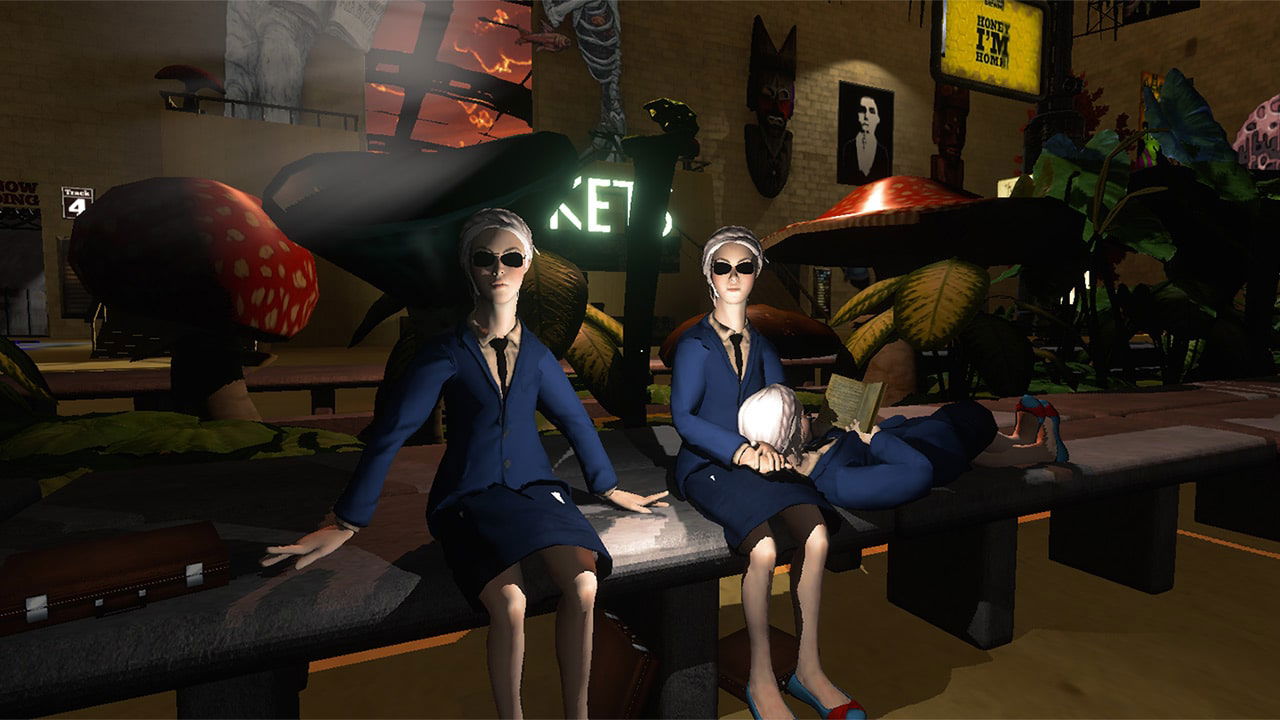
Off-Peak
If Stories Untold holds interest for fans of 80s horror, Off-Peak will appeal to admirers of David Lynch and his works. The free indie game only takes around 30 minutes to play through, and it’s more creepy than downright scary. But like the films and shows of Lynch, it may leave an impression that one can’t shake off for a while.
Off-Peak places players in a futuristic version of Grand Central Station and tasks them with gathering pieces of a ticket for a departing train. The transit hub comes off more as an art gallery meets cathedral meets community center, populated by various quirky artist types who you can listen to. You can finish the game quickly, but you can also stick around to take in all that the bizarre locale has to offer with the game’s strong world-building.
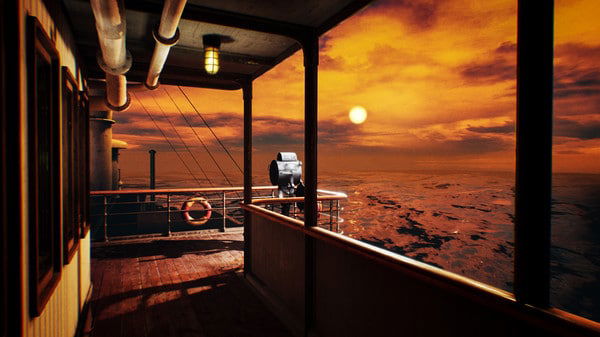
Layers of Fear 2
With Layers of Fear 2, Bloober Team improved upon the original game with another story about a psychologically tortured artist. This time, said artist is an actor on an ocean liner rehearsing for an upcoming role. As a horror game about movie-making, expect tons of references to classic horror films. The game has wonderful visuals and music, topped off with the cherry on top: Candyman’s Tony Todd as the narrator.
The game boasts multiple endings based on player choices. Despite each one offering differing interpretations of the events on the ship, they nevertheless cap off the game in satisfying ways. The atmosphere provides most of the scares, with the occasional monster to one away from or macabre puzzle to solve. It doesn’t have the most intensive gameplay but impresses through the variety of locales crammed aboard this one ship.
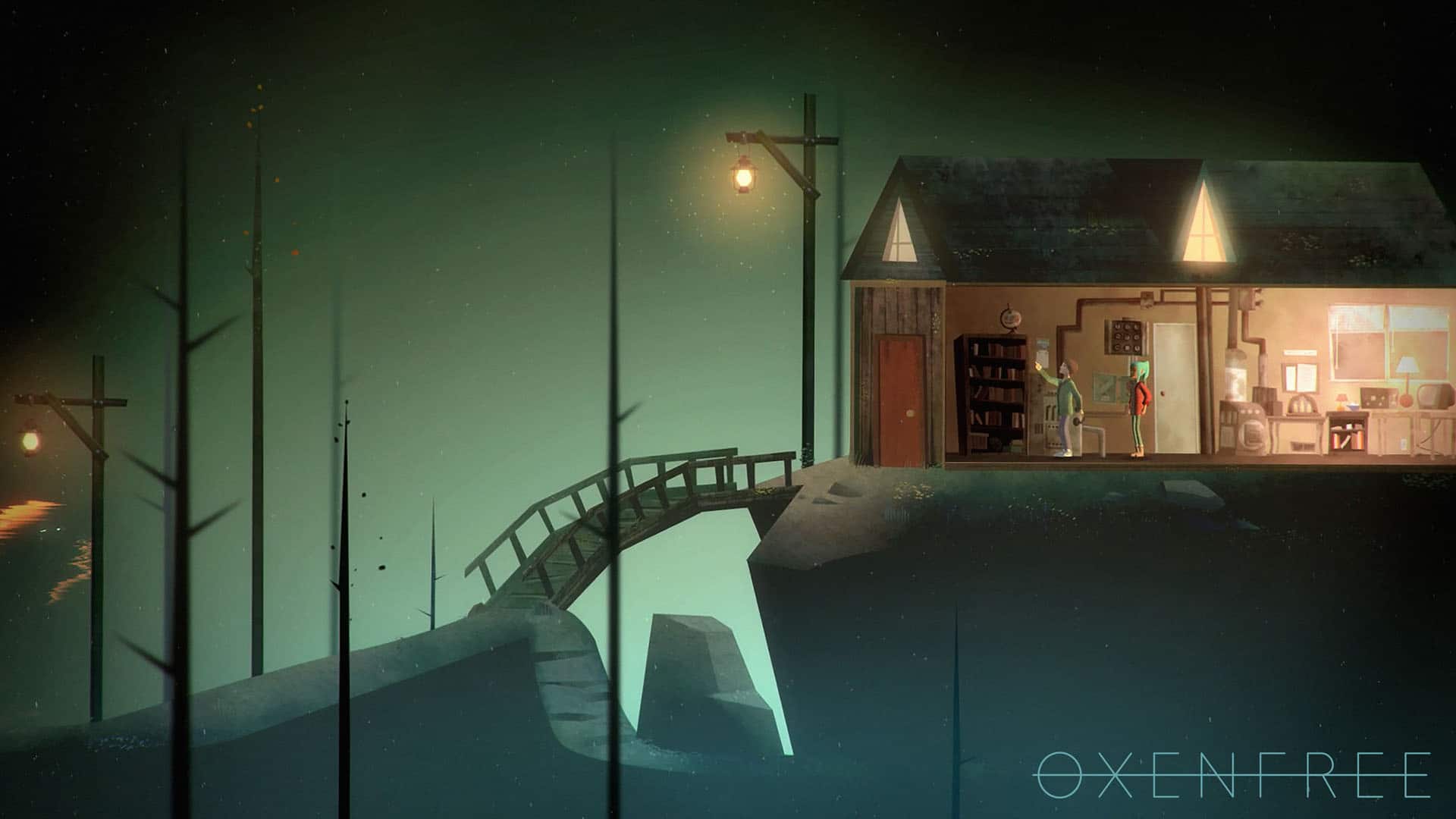
Oxenfree
Don’t you just hate it when you and your friends goof around and accidentally open a supernatural rift through time and space? Alex and her friends certainly do. In Oxenfree, a group of teens decides to hold a little party on an island off the coast. Tensions gradually mount over time, as you have to navigate Alex’s social dynamics with everyone through choice-based dialogue. The game also utilizes a radio mechanic in which you look for signals. Together, these mechanics set the stage for the said ghostly portal opening thanks to getting peer-pressured to use the radio for investigating an urban legend.
As a choice-based side scroller, Oxenfree keeps players engaged through its realistic writing. As Alex, you work to solve the mystery while tracking your peers down to keep them safe, learning more about them in the process. The teen drama aspects provide almost as much suspense as the horror, as your choices impact your relationships with the other characters. And as for the horror, the game doesn’t rely on cheap jump scares or gore, instead opting for eerie audio and visual effects as you unravel the mystery of Edwards Island.
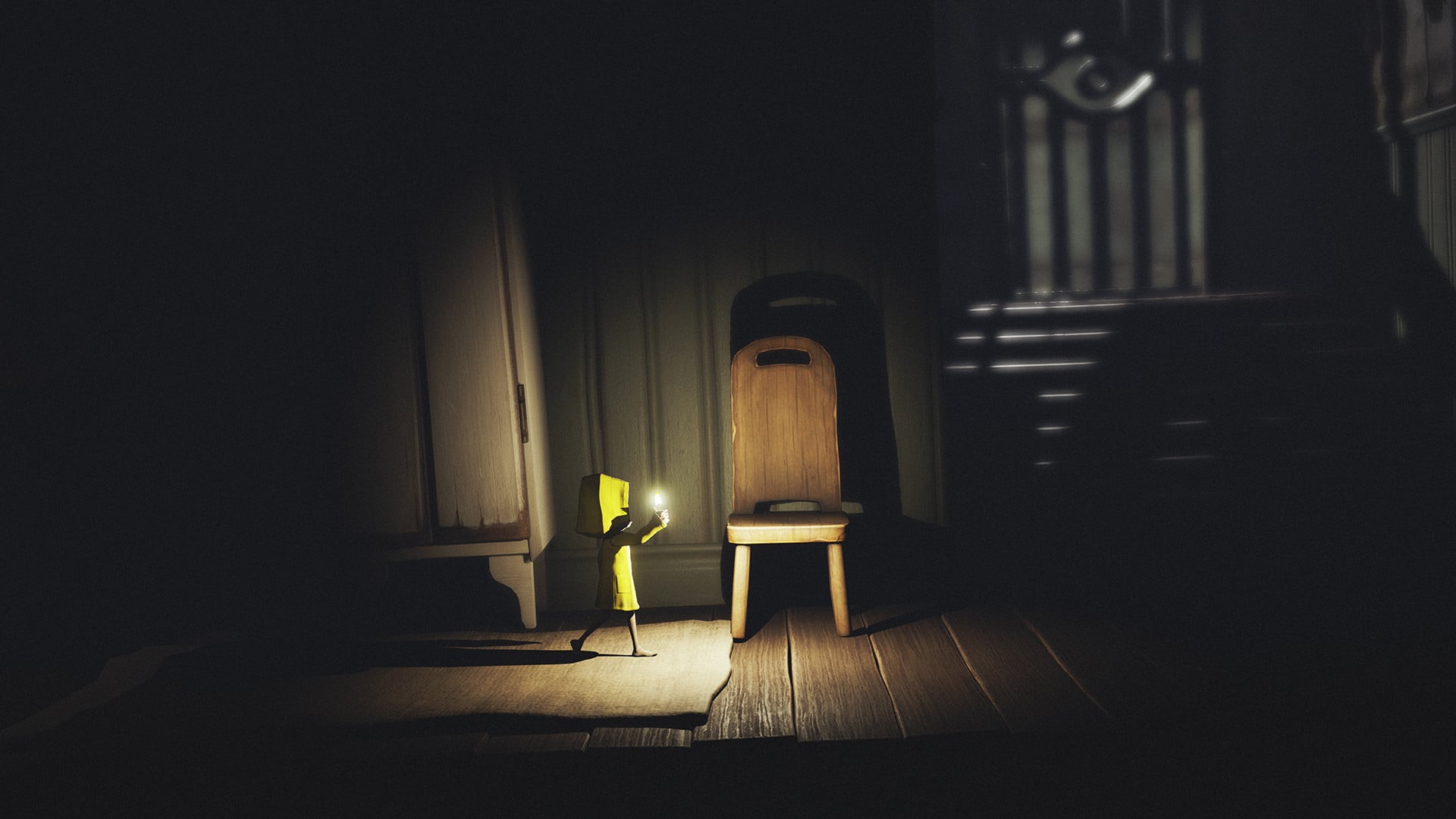
Little Nightmares
What if Hayao Miyazaki decided to create a Studio Ghibli horror piece? We probably won’t ever know for sure what kind of twisted creations that man would dream up while still making them whimsical. But luckily, Tarsier Studios stepped in to create Little Nightmares, providing a solid answer to that question while doing Mr. Miyazaki the solid of allowing him to focus on less-terrifying fare.
In Little Nightmares, players control a tiny raincoat-wearing imp named Six, guiding the being out of the dismal vessel known as “The Maw.” The platformer boasts numerous puzzles, given a sense of urgency thanks to the various terrifying denizens of The Maw who want to eat you up. With bizarre dreamlike visuals, the game feels akin to playing through a dark children’s folk tale.

SOMA
Getting close to the end here, you may wonder about the absence of Frictional Games’ Amnesia: The Dark Descent. While Amnesia has its appeal and put Frictional Games on the map, SOMA cemented the indie studio as one that knows how to make horror games. It has the same strong survival horror gameplay as its forbearer but trades compulsive inventory management and goofy-looking monsters for an engaging story and genuinely creepy robotic enemies.
SOMA isn’t just a great indie horror game, but a great narrative game full-stop. You could easily remove the horror elements and it would still serve up a fully engaging story-driven experience. And you can do just that with the game’s “safe mode,” a testament to this exact strength. But hey, you’re here for a horror game, right? So dive into this tale of a creepy underwater research center and stick around for surprisingly poignant themes surrounding simulated reality, posthumanism, and identity.
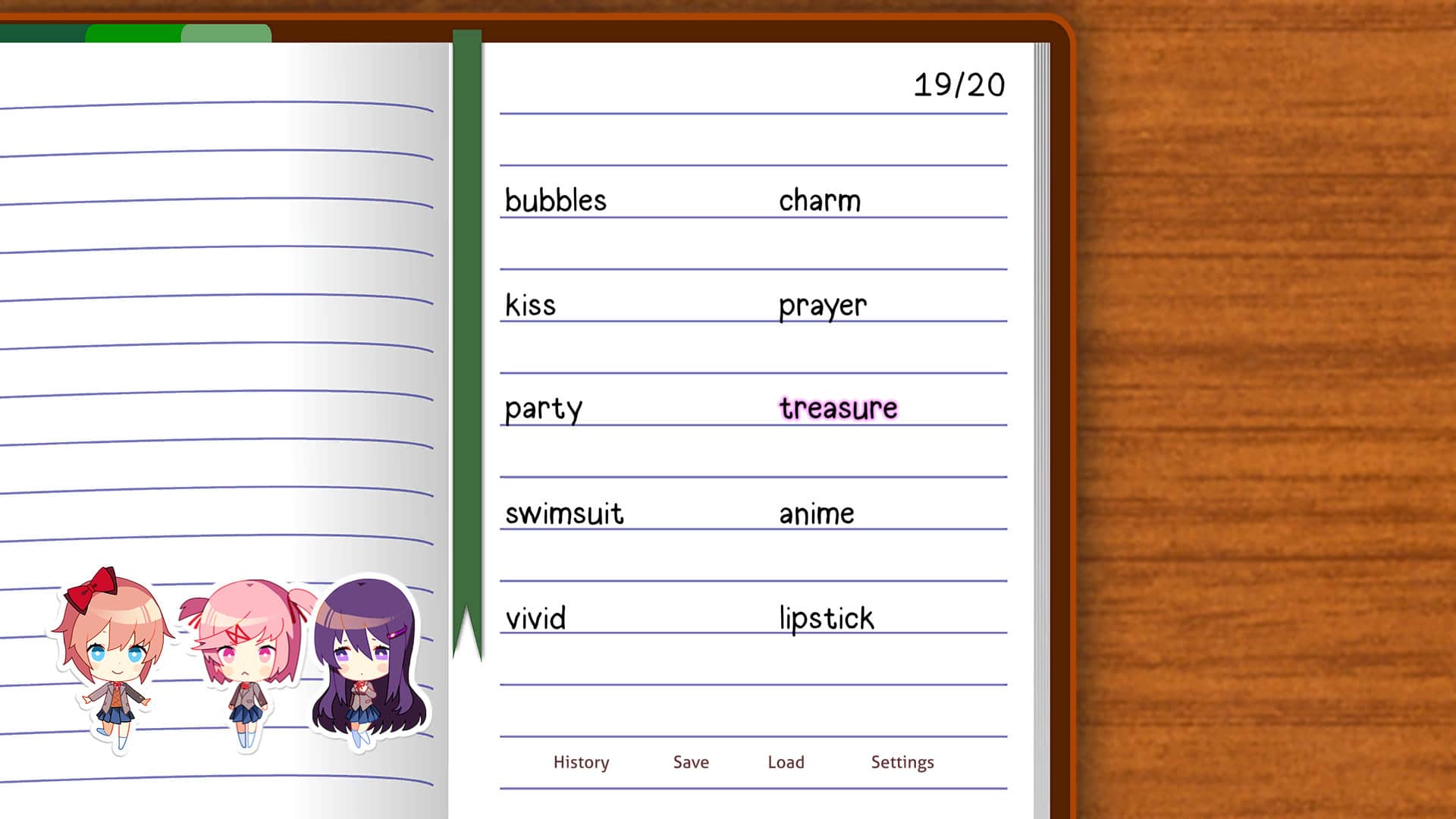
Doki Doki Literature Club Plus!
Here we are at our final entry and let me just say, welcome to the club. Am I talking about the literature club at the center of this title or the club of people who thought this game would be a nice visual novel dating sim and instead found themselves reckoning with pure nightmare fuel? Well, play this unassuming game and find out. Or don’t. All those content warnings at the start of this game? They’re not messing around, folks.
Originally created as a free PC game by Dan Salvato, Doki Doki Literature Club got a whole new expanded release and the word “Plus” added to its title thanks to publisher Serenity Forge. It’s still a small-scale production, so I’m considering it “indie.” But either way, the new release proves the definitive way of experiencing an already wonderful and terrifying game, adding extra chapters, unlockables, and a metaverse with secrets and lore to uncover pertaining to the original game.
Wait. I’m not talking about the game itself? You still don’t know what makes it scary? Uh, fine. I really recommend going in knowing as little as possible. But essentially, Doki Doki Literature Club Plus! has you join a high school literature club of various girls who might want to date you if you write poetry for them. You get to know them through this poetry-writing mechanic and have an overall sweet and wholesome time in the club. Until you don’t.


